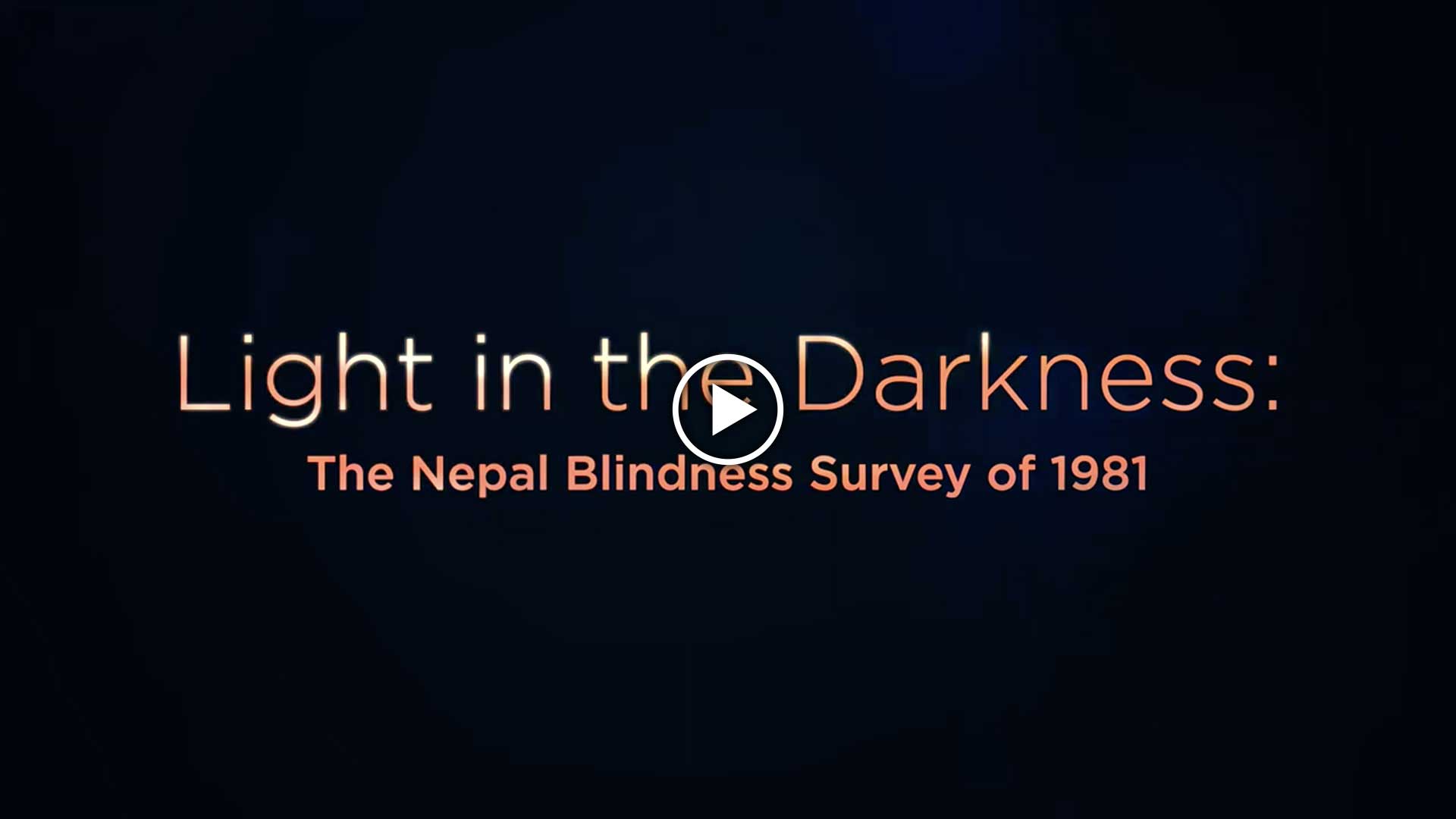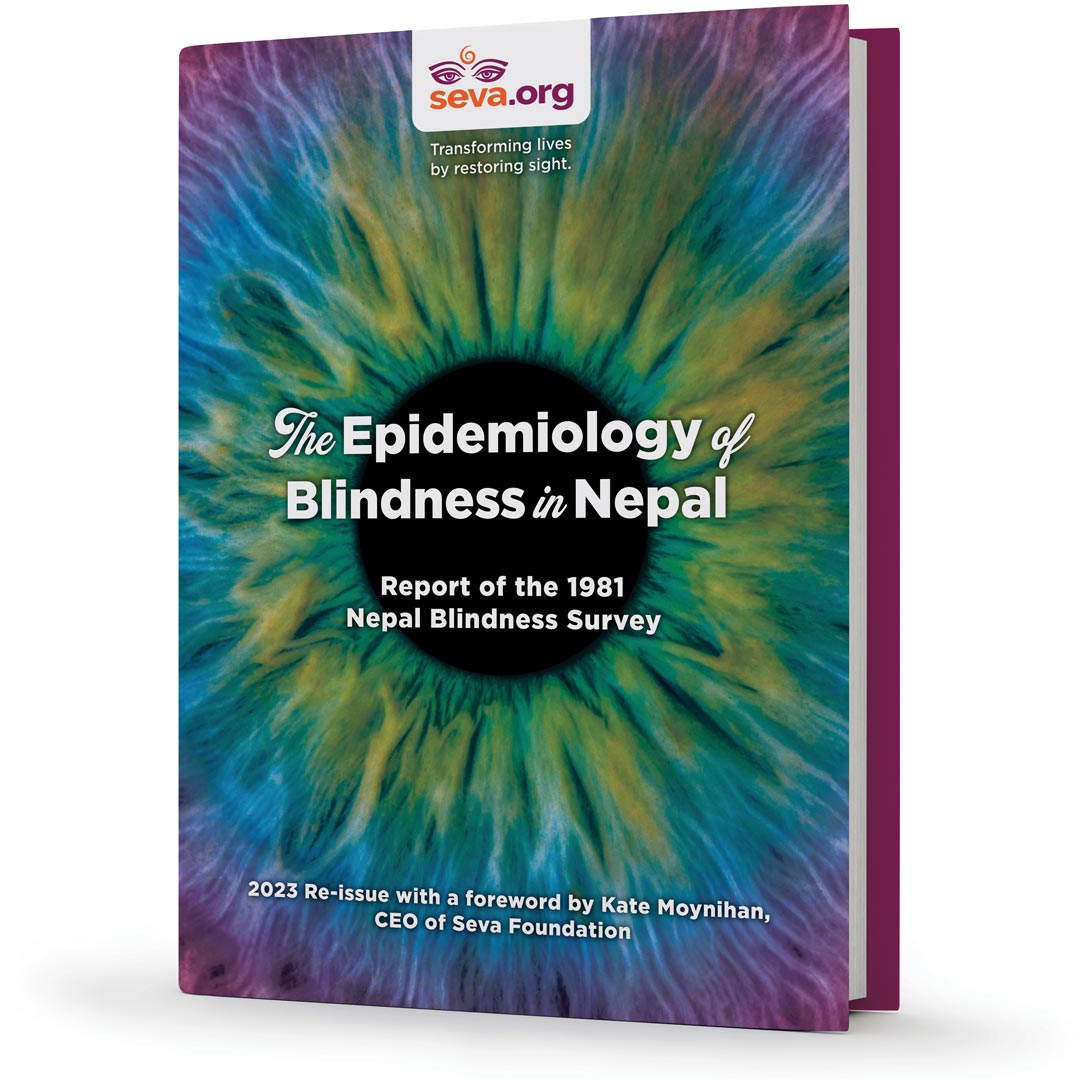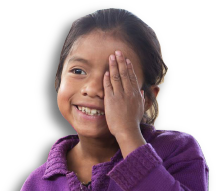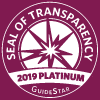When art, science, and compassion meet
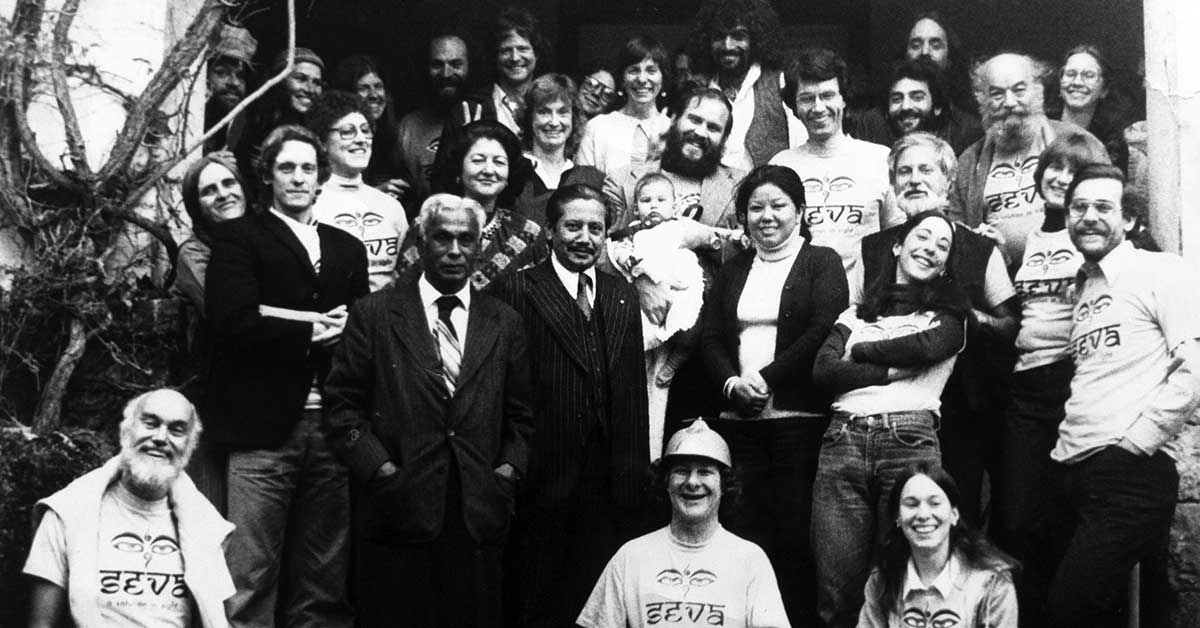
It’s 1978 in Michigan. A clown, a guru, and a doctor walk into a cabin. The clown says, “What I have in mind is eye care for 400,000.” The guru says “See here now.” The doctor says, “Brilliant. We can do that.”
And that’s how Seva started.
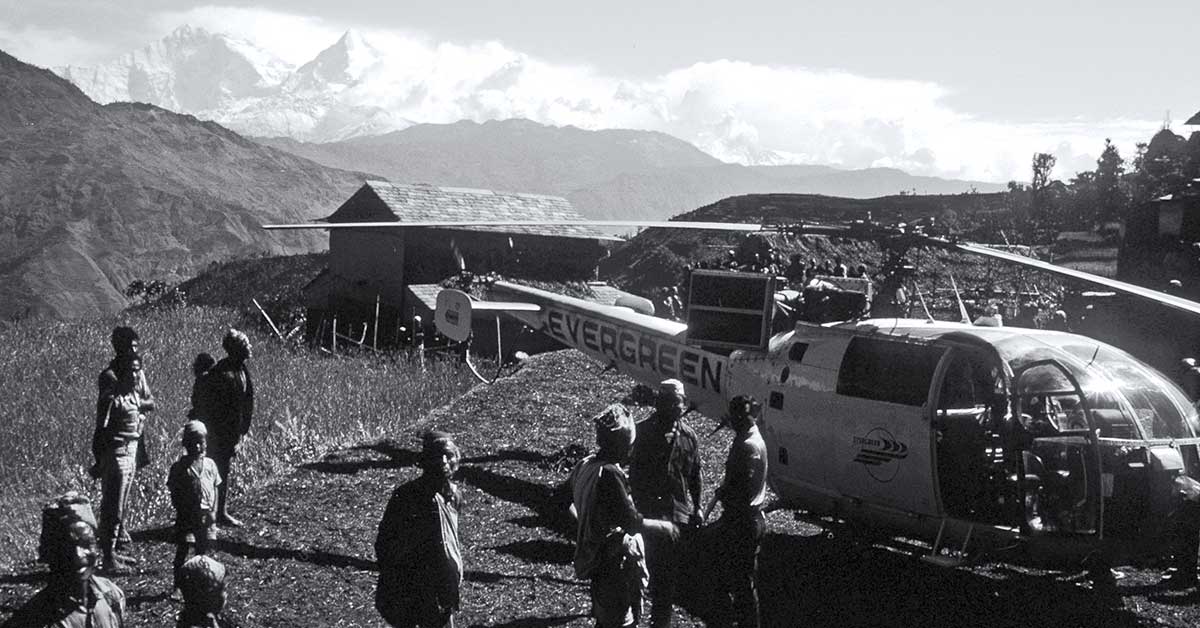
Perhaps that’s a little too condensed. What actually transpired in 1978 was a weekend meeting at a retreat center with an eclectic mix of doctors, scientists, and 60s-era activists led by Dr. Larry Brilliant and his wife Girija. The Brilliants had come off a successful project with the World Health Organization, eradicating smallpox in India in 1975. When they gathered their friends and colleagues for the weekend session, (among them, Wavy Gravy, Ram Dass, WHO physician Dr. Nicole Grasset, and renowned ophthalmologist Dr. G Venkataswamy) they had solid experience, institutional support from WHO, and financial backing.
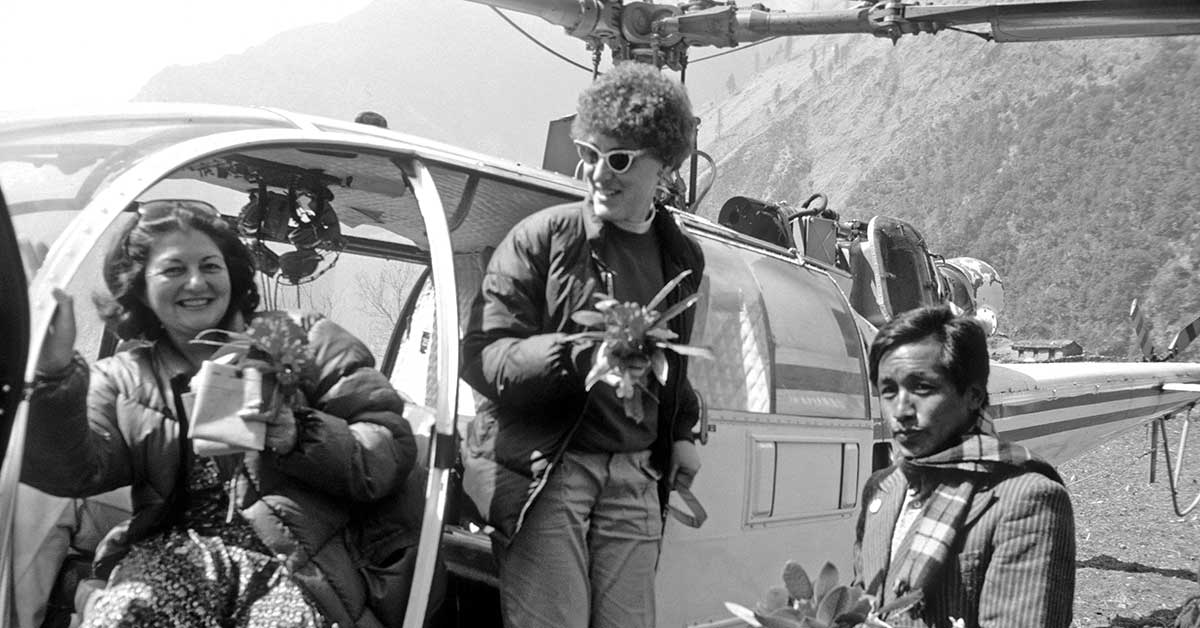
By the weekend’s conclusion, the Seva Foundation had a mission and a plan. What came next was the landmark Nepal Blindness Survey, the world’s first systematic national survey of blindness. Historically, a study was a tough sell due to Nepal’s daunting terrain and conflicting ideas on how to use resources. Drawing from their extensive use of data during smallpox eradication, Dr. Brilliant and Dr. Grasset’s leadership made the study not only possible, but highly practical and comprehensive.
Survey preparations were a Herculean task, involving planning, selecting sites, and mobilizing experts from Nepal and abroad. Survey teams visited 105 villages and examined 40,000 people within a six-month timeframe. Despite advice to keep the study in the flat, accessible regions of Nepal, a helicopter was used to reach the remote mountain sites, enabling the team to gather data from all corners of the country. The findings were instrumental in planning eye hospital locations, training programs and strategies that have made Nepal’s eye care program one of the most comprehensive in the world.
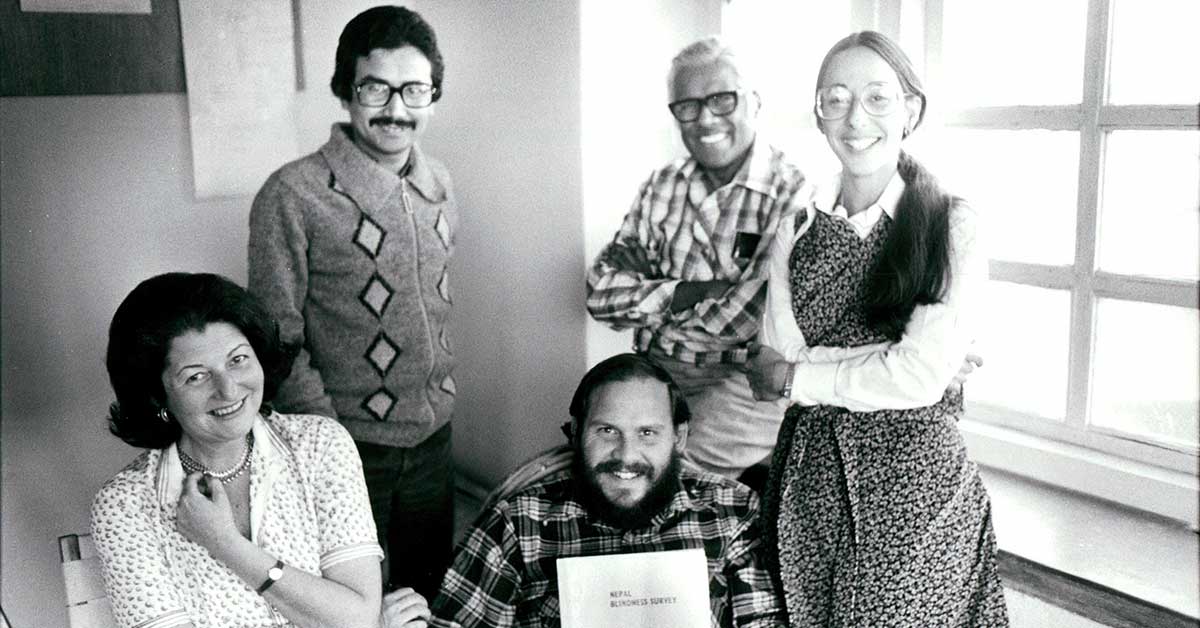
“We began with a commitment to go where it’s hardest to reach,” said Executive Director Kate Moynihan. “Seva brings a combination of compassion in action and we marry it with really great science and rigorous data. We make sure that decisions are made locally so the work can be sustainable and in tune with the culture.”
The story of Seva’s beginning is colorful and a little quirky, but the results are life-changing and long-lasting. Science, art, and spirituality-a potent blend that can actually change lives for the better. Seva’s future holds the promise of ending avoidable blindness in Nepal and around the world.
For more information, watch the 19 minute documentary, Light in the Darkness: The Nepal Blindness Survey of 1981, and get your free digital re-issued book, The Epidemiology of Blindness in Nepal, that has been enhanced with new interactive content including video footage of the Nepal Blindness Survey with interviews of Dr. Larry Brilliant and more.
